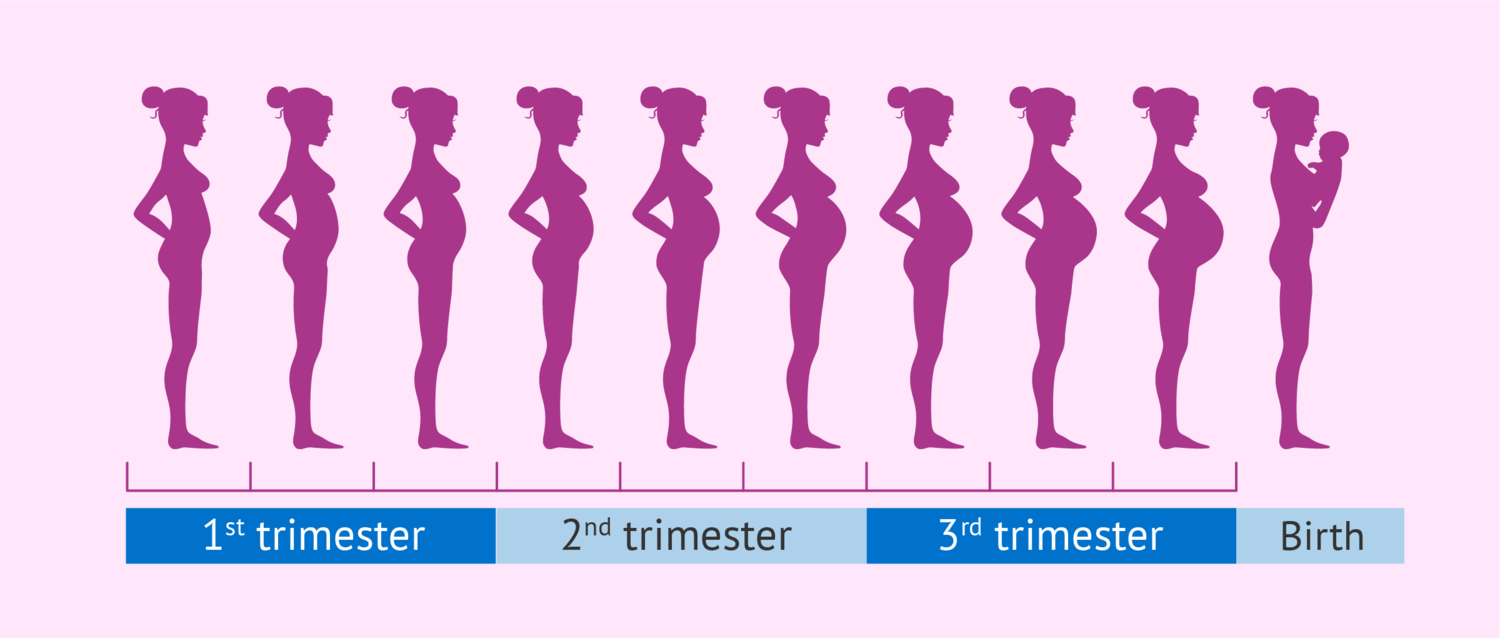April 26th, 2018
Pregnancy is a wonderful process, but throw some nausea and back pain in the mix and it can be a long 9 months. ¬†As I’m writing this my wife is in her second trimester with our first child. The first trimester was filled with nausea. ¬†As she creeps through her second tri the nausea is replaced with a growing belly and an aching back.
Like wearing a heavy book bag on the front of your torso your body will begin to compensate for the additional weight.  Your low back muscles may tighten to support your baby weight. Additionally, your abdominal muscles, which usually help brace your spine, are being stretched and are less effective at doing so.  Upper back tightness is also very common during pregnancy due to increased breast size and low back stress. As your body prepares for birth it will release a hormone called relaxin, which loosens the ligaments around the pelvis. This can lead to further instability and increased difficulty controlling the spine.

These issues can be lessened, or avoided altogether, with the proper care.  Specific core exercises are great for keeping the abdominal muscles active, the pelvic floor strong, and body position optimized.
Specific exercises are used during pregnancy to:
- Reduce pain
- Strengthen the abdominals and pelvic floor musculature
- Improve movement quality
- Prepare the body for the birthing process
The last bullet point is key. ¬†The birthing process is a trauma to the body, especially the pelvis. The stretching of the pelvic floor muscles can cause them to stop working efficiently leading to low back pain, exertional incontinence (peeing a little when you exercise), and pelvic floor pain even after you’ve given birth.
As mentioned above, the abdominal muscles stretch during pregnancy. Ideally, after birth the muscles return (structurally and functionally) to as they were before pregnancy.  Sometimes the two halves of the rectus abdominis (6-pack muscle) don’t come back together as they should causing diastasis recti.  It can be a problem aesthetically and functionally. Certain exercises that work the rectus abdominis have been found to reduce and even correct instances of diastasis recti.

Below are some examples of the exercises we give to our pregnant and postpartum women to help strengthen the core and alleviate back pain.
Is Chiropractic Care Safe During Pregnancy?
The number one priority for any expectant mother is the health and safety of her baby.  We make every necessary accommodation for pregnant women. Special treatment tables break away at the abdomen allowing the patient to lay safely and comfortably on her stomach. Treatments are kept gentle and communication is key.  A heavy focus is placed on gentle exercises tailored to the individual meant to take stress off the painful area while strengthening the core and pelvic floor.
Complaints we address with our pregnant patients:
- Low back pain and tightness
- Upper back pain and tightness
- Tightness in the neck and shoulders
- Pelvic floor pain
- Sciatica-like symptoms
- Foot pain
How we address these complaints:
- Soft tissue work in the low back
- Adjustments in the upper back and sometimes lower back
- Nerve flossing to reduce sciatica symptoms
- Acupuncture to manage pain and tightness
- Stretching
- Corrective exercise
- Education
In summary, pregnancy has an AMAZING outcome.  Unfortunately, back pain during and after pregnancy is common but can be managed.
If you or someone you know is experiencing back and/or pelvic pain during pregnancy or the postpartum period we would be happy to help.  Your first appointment will include a chat to discuss your current complaints and goals, a comprehensive exam to find the route cause of your problem, and treatment.





